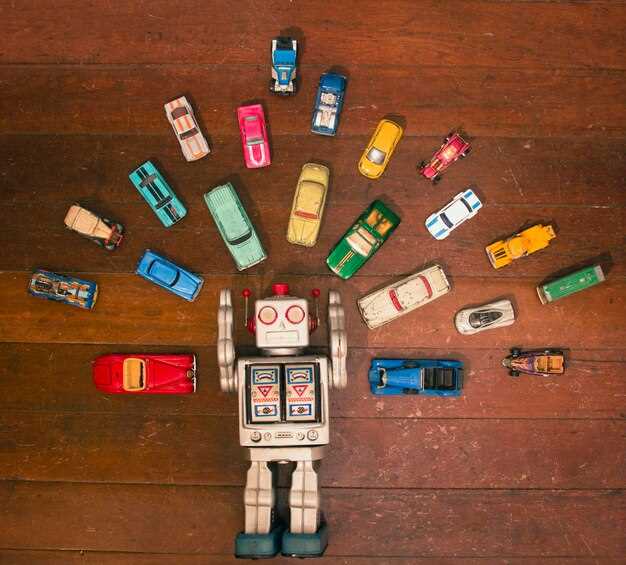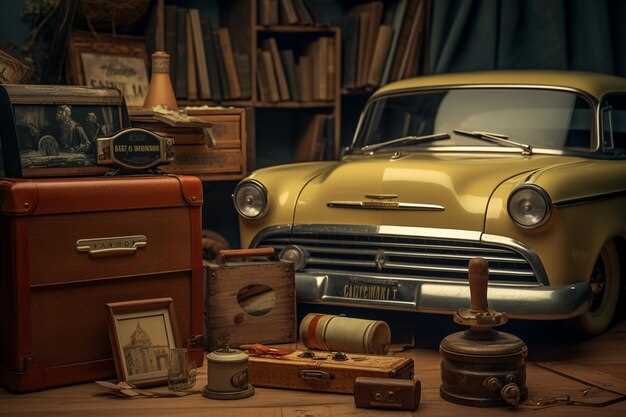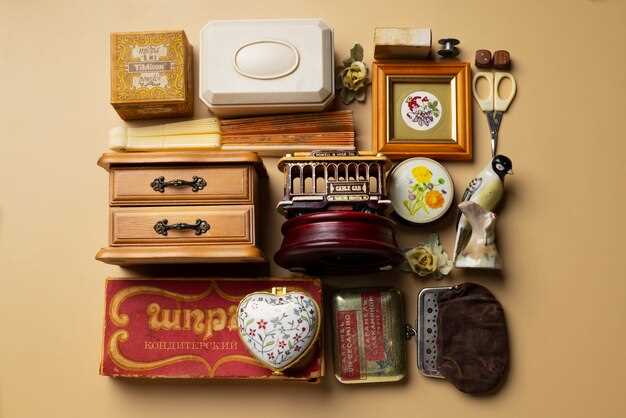
The world of car collecting has experienced a significant transformation in recent years, as classic cars emerge as highly sought-after collector’s items. Enthusiasts and investors alike are drawn to the unique charm, history, and craftsmanship that these vintage vehicles embody. As nostalgia for a bygone era grows, the appeal of classic cars extends beyond mere transportation; they have become symbols of status, passion, and a testament to automotive engineering.
Collecting classic cars is not just a hobby; it represents a dynamic market where values can appreciate dramatically over time. Auctions for rare models frequently attract bidders willing to pay top dollar for well-preserved specimens. Collectors are increasingly aware of factors that drive demand, such as limited production runs, iconic designs, and historical significance. As a result, classic cars have become a viable alternative investment, offering potential monetary rewards in addition to sentimental value.
Moreover, the community surrounding classic car collecting fosters a rich culture of camaraderie and shared passion. Enthusiasts gather at events, showcases, and rallies, forming connections through their shared admiration for these automotive masterpieces. This vibrant atmosphere not only enhances the experience of collecting but also creates an enduring legacy for future generations who will continue to appreciate the artistry and innovation of classic automobiles.
The Growth of Classic Car Values in the Last Decade
Over the past ten years, the classic car market has witnessed a remarkable surge in values, driven by a combination of nostalgia, investment potential, and the allure of automotive history. Collectors and enthusiasts are increasingly drawn to vehicles that not only represent engineering excellence but also tell a story of a bygone era.
This growth in values can be attributed to several factors. Firstly, the limited availability of iconic models has created a sense of scarcity, elevating their desirability among collectors. As fewer classic cars remain on the roads and in good condition, demand has soared, pushing prices higher.
Moreover, the rise of online auction platforms and car shows has made it easier for buyers and sellers to connect, broadening the market. With more resources at their disposal, potential collectors have access to information on vehicle history, provenance, and restoration techniques, allowing for informed purchasing decisions.
In addition, the fintech revolution has made classic cars an attractive alternative investment, especially in a low-interest environment. Many investors see these vehicles as a way to diversify their portfolios while enjoying the pleasure of ownership. The combination of passion and profit has driven many to invest significant sums into acquiring prized cars.
The growth is also reflective of broader automotive trends, with younger generations showing interest in classic models. Vintage cars are often viewed as symbols of craftsmanship and style, contrary to the mass-produced vehicles dominating today’s market. This cultural shift has contributed to the increasing values of classic cars, as they are recognized not just as modes of transport, but as embodiments of history.
Ultimately, the growth of classic car values over the last decade underscores a significant trend: these vehicles have transcended mere transportation to become coveted artifacts, appreciated for their historical significance and timeless appeal.
How to Start Your Classic Car Collection: Key Considerations

Starting a classic car collection involves careful planning and informed decisions. The first consideration is your budget. Determine how much you can afford to invest in your collection, keeping in mind not only the purchase price but also maintenance and storage costs.
Next, define your collecting focus. Classic cars cover a broad range of models, eras, and styles. Decide whether you want to concentrate on specific brands, types of vehicles, or particular decades. This focus will guide your purchasing decisions and help shape a cohesive collection.
Research is crucial in collecting. Learn about market trends, car values, and what makes certain models more desirable. Engage with classic car communities, attend shows, and connect with other collectors to gain insights and tips.
When you’re ready to purchase, consider the condition of the car. Evaluate whether you prefer a project car that requires restoration or a fully restored model. Understand the historical significance and authenticity of the vehicle, including its documentation and provenance, which can greatly affect its value.
Lastly, think about storage and maintenance. Proper storage is essential to preserve your investment. Ensure that you have adequate space that protects the car from environmental damage. Regular maintenance will also help retain its value and keep it in prime condition.
Restoration Tips for Maximizing Your Classic Car’s Value

Restoration of classic cars is a meticulous process that can significantly enhance their value in the collecting market. To maximize your car’s worth, focus on authenticity and quality during the restoration. Using original parts whenever possible will appeal to purists and collectors, so prioritize sourcing OEM (Original Equipment Manufacturer) components.
Document every step of the restoration. Maintain detailed records of repairs, parts acquisition, and modifications. This documentation not only adds credibility but also reassures potential buyers of the car’s history and condition. Include before-and-after photos to illustrate the work done.
Pay special attention to the car’s paint and finish. A high-quality paint job that matches the original color can dramatically enhance the visual appeal. Avoid flashy or non-authentic color choices, as these can detract from the car’s historical value.
Mechanical restoration is equally vital. Ensure that all systems, including the engine, transmission, and suspension, are in top working order. Upgrading to higher-performance parts can be tempting, but aim to retain the vehicle’s original driving experience unless performance is a priority for collectors in your niche.
Interior restoration is often overlooked but plays a critical role in a classic car’s value. Restoration of seats, dashboards, and upholstery should maintain the original materials and style. Invest in high-quality replacements that resemble the factory options to uphold authenticity.
Finally, consider the car’s provenance. If possible, trace its history, including previous ownership and any notable events or appearances. Cars with interesting stories or celebrity connections often fetch higher prices, making provenance a valuable addition to any classic car collection.



